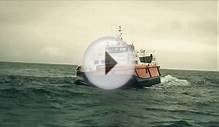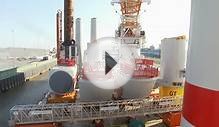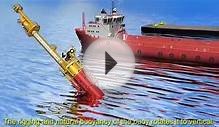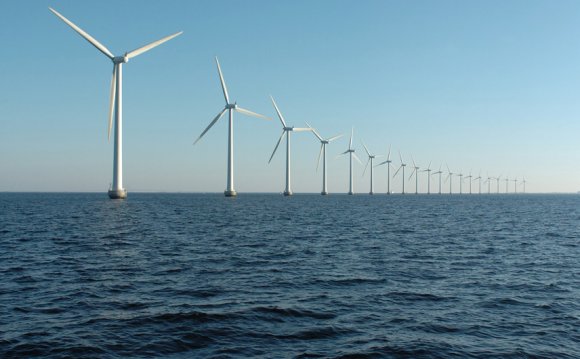
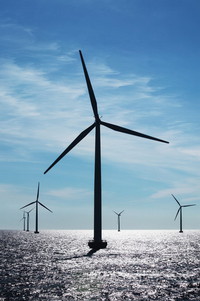 Europe is the definitive leader in offshore wind. Whilst other regions start developing offshore sites, Europe has had wind steel in the water for over two decades, and has been growing at gigawatt levels in additional annual capacity since 2012. Described by the European Commission in 2008 as 'the energy of the future', the industry response and the resulting growth is helping to ensure European energy security and a transition into a low carbon economy.
Europe is the definitive leader in offshore wind. Whilst other regions start developing offshore sites, Europe has had wind steel in the water for over two decades, and has been growing at gigawatt levels in additional annual capacity since 2012. Described by the European Commission in 2008 as 'the energy of the future', the industry response and the resulting growth is helping to ensure European energy security and a transition into a low carbon economy.
Key numbers:
- 8 GW of total offshore capacity in 2014, with a CAGR of 31.2% from 2009-2014
- 12.8% of Europe's annual wind energy installations were made offshore
- 1, 483 MW connected in 2014, with another 2, 900MW of capacity awaiting connection
- 368 MW: The average size of grid connected projects in 2014
- 26.4GW of consented offshore wind farms identified, with a further 98GW of planned offshore wind farms in the pipeline.
Economic benefits
The offshore wind sector brings considerable economic opportunities. The offshore industry contributes to Europe's competitiveness and leadership in wind energy, provides employment in the EU, reduces Europe's import dependence and reinforces its security of supply.
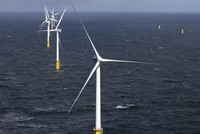 Key numbers:
Key numbers:
- Around €4.2bn to €5.9bn annual investment
- 75, 000 FTE (2014)
- 178, 000 FTE in 2030 (75% of wind employment)
Offshore wind is an increasingly competitive power source
Advances in technology and industry maturity will make offshore wind an increasingly attractive investment. Bigger turbines utilising cutting-edge technology will increase yields and cut costs by as much as 17% by 2020 (Crown Estate), and a 39% reduction in costs could be achieved by 2023 (Stiftung) in an optimum regulatory and competitive market. Industry work groups such as LEANWIND, which is comprised of 31 members across industry and academics, work together to reduce costs within the offshore lifecycle.
Key statistics:
Europe's offshore grid should be built to integrate the expected 40GW of offshore wind power by 2020 and 150 GW by 2030. EWEA's proposed offshore grid builds on the 11 offshore grids currently operating and 21 offshore grids currently being considered by the grid operators in the Baltic and North Seas to give Europe a truly pan-European electricity super highway.
A European transnational offshore grid will:
- Provide grid access to offshore wind farms
- Smooth the variability of their output on the markets
- Contribute to the development of a single European electricity market
- Ensure Europe's energy security
Key texts:
Maritime Spatial Planning (MSP) is key to enhancing offshore wind development. It provides stability and clarity for the investors and can bring down the costs of wind energy through an optimum integration of the wind farms into the marine environment. EWEA strongly supports the development of an integrated and coordinated Maritime Spatial Planning policy across Europe.
RELATED VIDEO
